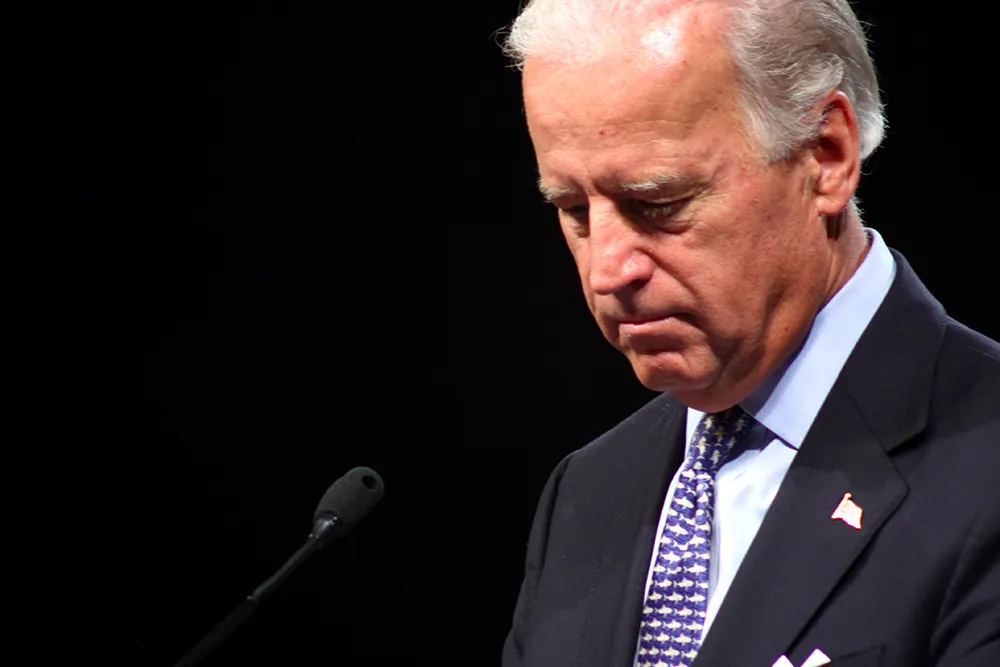A report by global consultancy Arthur D Little, with its partner the International Association of Public Transport (UITP) identifies three strategic directions and 25 imperatives for cities to consider to better shape the future of urban mobility.
“The Future of Urban Mobility 2.0 – Imperatives to shape extended mobility ecosystems of tomorrow,” report assesses the world’s cities in terms of mobility maturity and performance and revealing that most cities are still struggling to cope with future mobility
January 27, 2014
Read time: 2 mins
A report by global consultancy Arthur D Little, with its partner the 3833 International Association of Public Transport (UITP) identifies three strategic directions and 25 imperatives for cities to consider to better shape the future of urban mobility.
“The Future of Urban Mobility 2.0 – Imperatives to shape extended mobility ecosystems of tomorrow,” report assesses the world’s cities in terms of mobility maturity and performance and revealing that most cities are still struggling to cope with future mobility challenges. It highlights what is holding cities back, and identifies three strategic directions and 25 imperatives for cities to consider when shaping their future.
“If the world fails to change its mobility habits, the future of our planet looks decidedly bleak,” noted UITP Secretary General, Alain Flausch. “By 2025, worldwide transport-related greenhouse gas emissions will be 30 per cent higher than 2005 levels, transport energy bills will skyrocket, traffic congestion will bring cities worldwide to a standstill, and most alarmingly, half a million people will be killed in road traffic accidents every year. There is however a real window of opportunity to drive innovation in urban mobility and I hope that our joint study will inspire and help many decision-makers to step up in that direction.”
“With its Future of Urban Mobility lab, Arthur D. Little aims to support cities and nations in shaping urban mobility ecosystems of tomorrow,” said François-Joseph Van Audenhove, partner at Arthur D Little. “The second edition of the Future of Urban Mobility study provides cities with guidelines, adapted to their development stages, to devise sustainable urban mobility policies and evolve towards networked mobility; thereby meeting mobility challenges of today and tomorrow.”
“The Future of Urban Mobility 2.0 – Imperatives to shape extended mobility ecosystems of tomorrow,” report assesses the world’s cities in terms of mobility maturity and performance and revealing that most cities are still struggling to cope with future mobility challenges. It highlights what is holding cities back, and identifies three strategic directions and 25 imperatives for cities to consider when shaping their future.
“If the world fails to change its mobility habits, the future of our planet looks decidedly bleak,” noted UITP Secretary General, Alain Flausch. “By 2025, worldwide transport-related greenhouse gas emissions will be 30 per cent higher than 2005 levels, transport energy bills will skyrocket, traffic congestion will bring cities worldwide to a standstill, and most alarmingly, half a million people will be killed in road traffic accidents every year. There is however a real window of opportunity to drive innovation in urban mobility and I hope that our joint study will inspire and help many decision-makers to step up in that direction.”
“With its Future of Urban Mobility lab, Arthur D. Little aims to support cities and nations in shaping urban mobility ecosystems of tomorrow,” said François-Joseph Van Audenhove, partner at Arthur D Little. “The second edition of the Future of Urban Mobility study provides cities with guidelines, adapted to their development stages, to devise sustainable urban mobility policies and evolve towards networked mobility; thereby meeting mobility challenges of today and tomorrow.”









